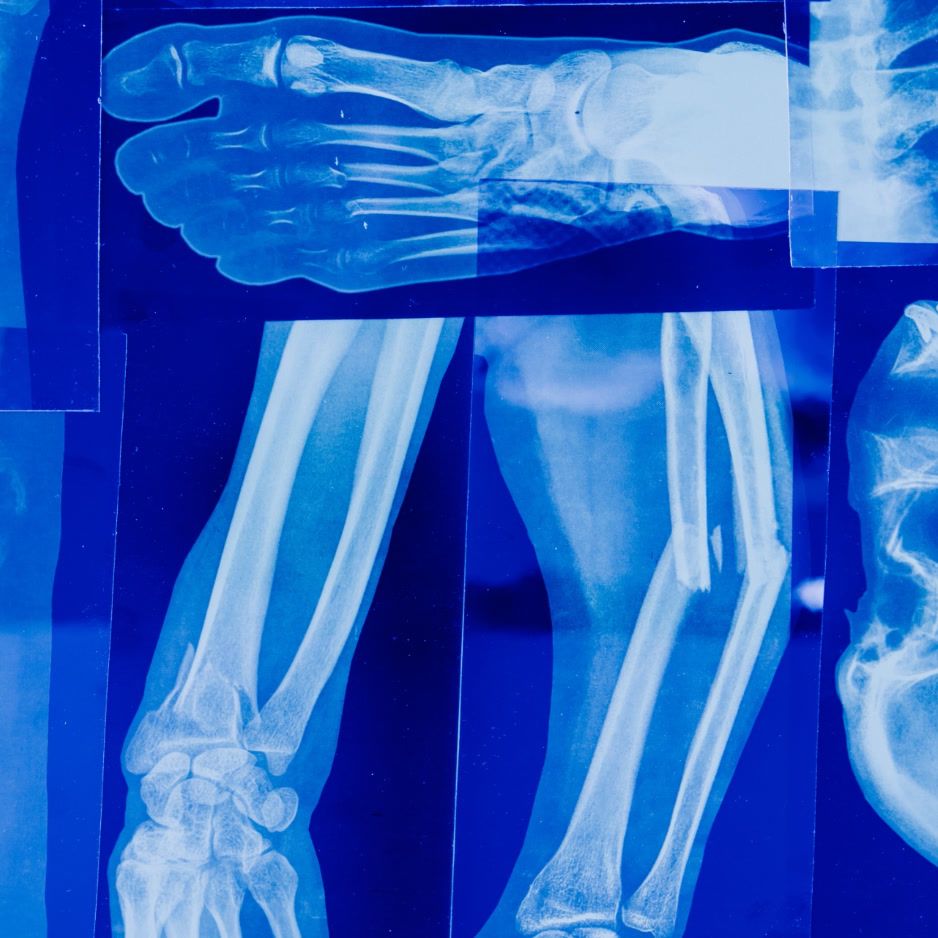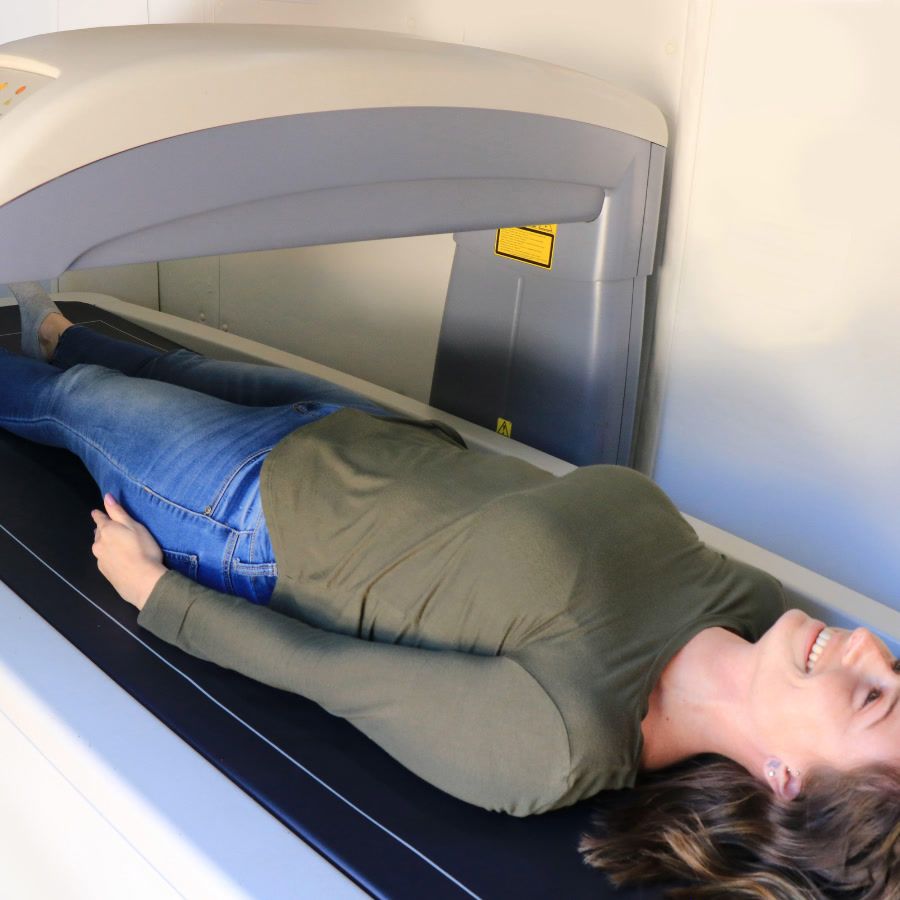How to Start Running for Beginners: 8-Week 5K Plan

How to Start Running for Beginners: 8-Week 5K Plan
TL;DR – Three run-walk sessions a week, good form, and gradual progress are the recipe for pain-free miles. Use the eight-week schedule and FAQs below as your roadmap.
Running looks simple—just lace up and go, right? Still, many beginners quit after a few outings because of sore knees, breathlessness, or plain boredom. If you’ve been searching for practical advice on how to start running for beginners, this guide breaks the process into bite-sized steps so you can turn those tentative first strides into a lasting habit.
Why Trust BodySpec?
BodySpec has helped thousands of clients track their progress—busy parents, varsity hopefuls, and weekend warriors alike—through beginner running plans. Objective feedback from our DEXA scans shows how training shifts fat and lean mass, letting us tailor guidance toward strategies that produce measurable results.
Step 1 – Get the Right Gear (but Don’t Overthink It)
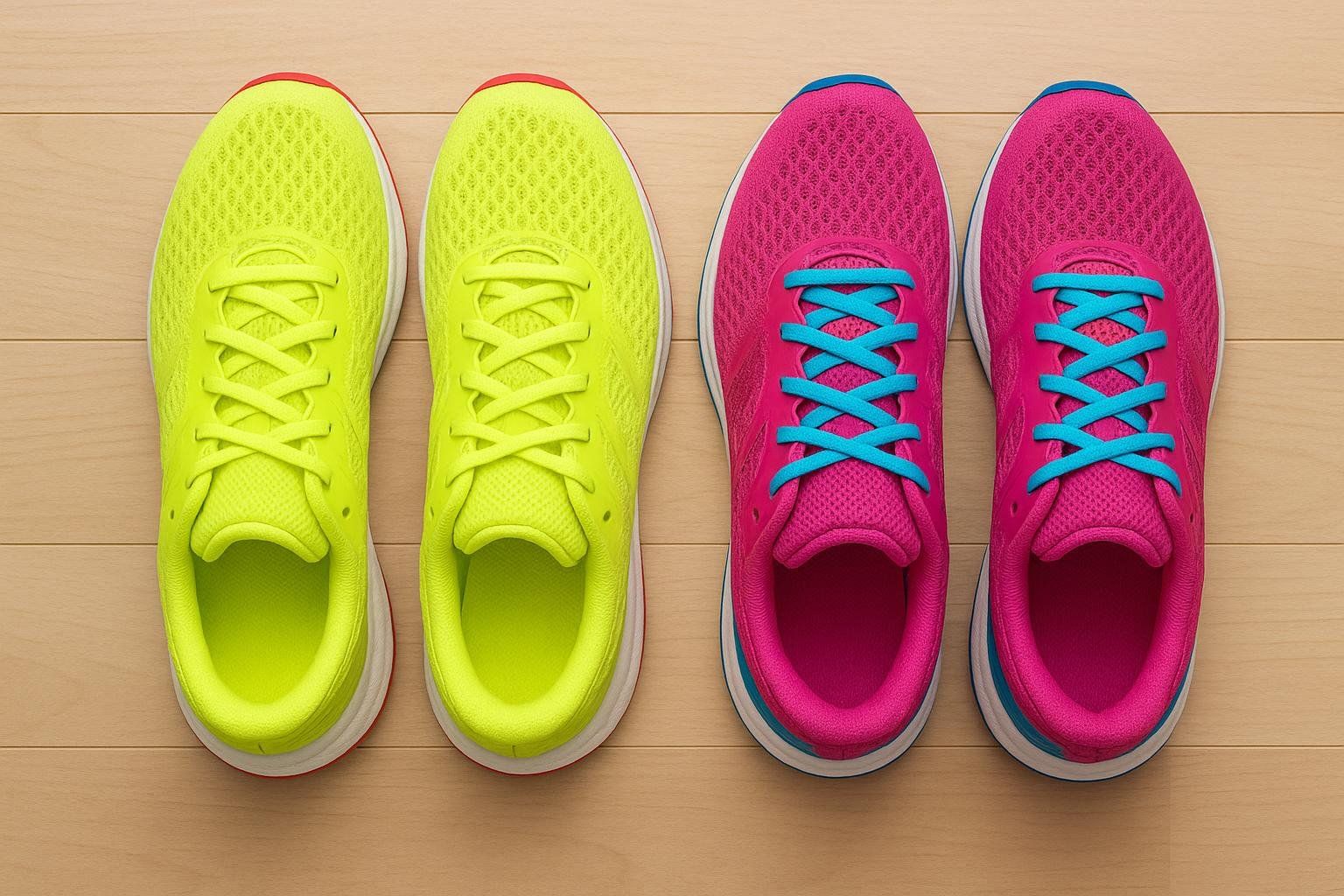
- Shoes first. Visit a specialty shop for a free gait check. Properly fitted footwear—and rotating between two pairs—was linked to a 39% lower injury risk in a 22-week study of recreational runners.
- Comfortable clothing. Moisture-wicking tops and anti-chafe shorts help on hot days, but whatever gym gear you own is fine to start.
- Extras worth considering
• Reflective vest or light for dawn/dusk runs.
• GPS watch or app (Strava, Garmin, MapMyRun) to log pace and distance.
• Small handheld water bottle for outings longer than 30 minutes.
Money-saving tip: Run consistently for two weeks before splurging on premium tech.
Step 2 – Master Basic Running Form
Poor mechanics—think heavy heel-strikes or hunched shoulders—make running harder than it needs to be. Keep these cues in mind:
| Form Cue | What It Looks / Feels Like | Why It Helps |
|---|---|---|
| Tall torso | Imagine a helium balloon lifting your head. | Opens lungs for easier breathing. |
| Relaxed arms | Elbows ~90°, swing front-to-back (not across). | Saves energy and improves balance. |
| Soft landing | Foot lands under center of mass, knee slightly bent. | Reduces joint impact forces. |
| Quick cadence | ≈ 170–180 spm. | Limits over-striding and shin-splint risk. |
Quick check: Count steps on one foot for 15 seconds and multiply by 4.
Want drills to groove that technique? See our guide on strength training drills for runners.
Step 3 – Warm Up the Smart Way
A five-minute dynamic warm-up boosts running economy and can reduce injury risk. A 2021 study in Applied Sciences found that adding dynamic stretching to a warm-up improved running economy and lowered perceived effort in recreational runners.
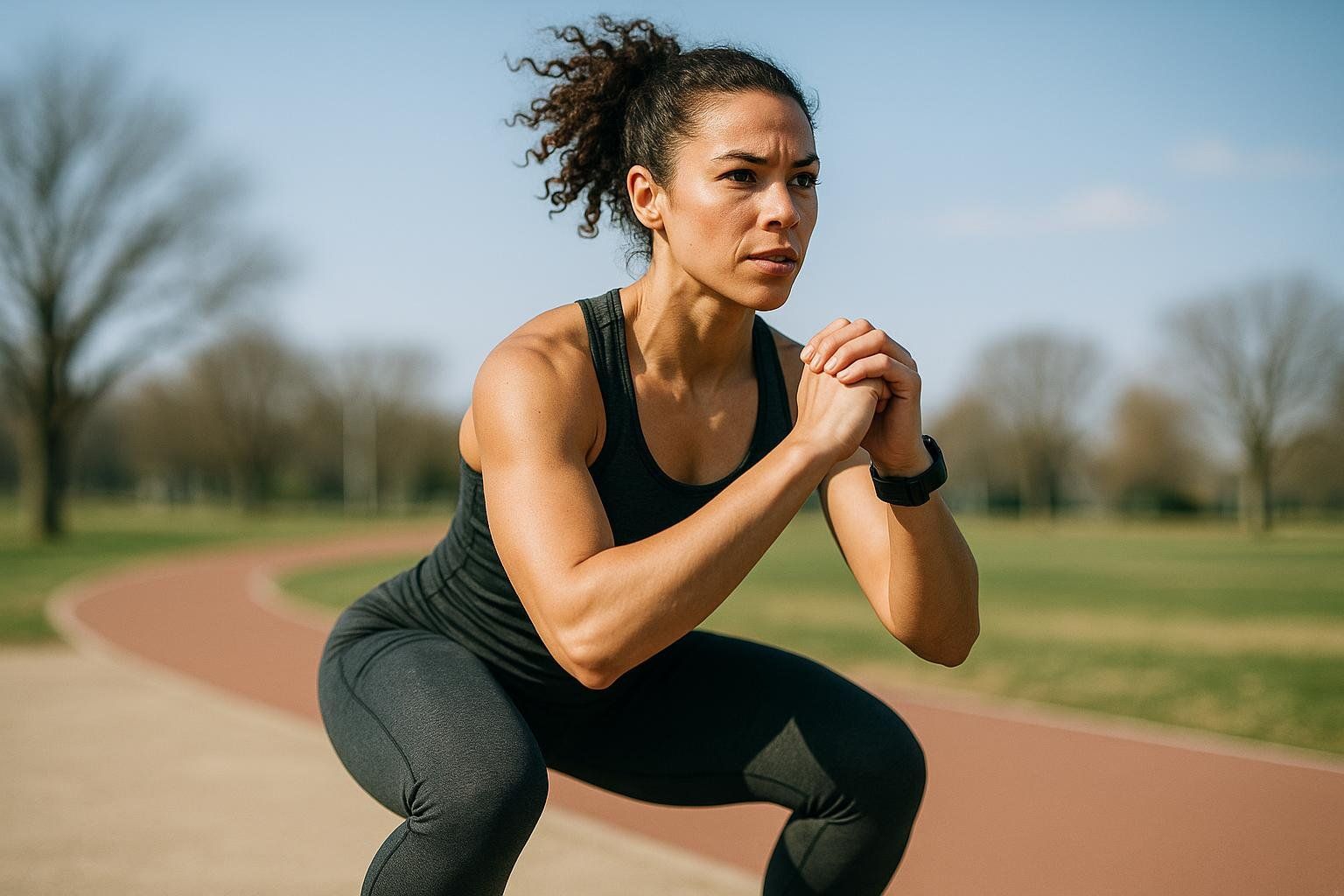
Try this sequence before every run:
- Marching knee hugs × 10 each leg
- Leg swings × 10 front-to-back & 10 side-to-side
- Body-weight squats × 10
- Walking lunges with torso twist × 6 each side
- Finish with 60 seconds of brisk walking.
Step 4 – Follow the 8-Week Run-Walk Progression
Running nonstop on Day 1 is optional—and often painful. The classic run-walk method lets muscles, tendons, and your cardiovascular system adapt gradually.
Three Workouts per Week
| Week | Workout A | Workout B | Workout C | Total Weekly Run Time |
|---|---|---|---|---|
| 1 | 8 × (30 s run / 90 s walk) | Repeat A | 10 × (30 s run / 60 s walk) | 13 min |
| 2 | 10 × (45 s / 60 s) | Repeat A | 8 × (60 s / 60 s) | 23 min |
| 3 | 6 × (90 s / 60 s) | 5 × (2 min / 60 s) | 4 × (3 min / 60 s) | 31 min |
| 4 | 5 × (4 min / 60 s) | 4 × (5 min / 60 s) | 3 × (6 min / 60 s) | 58 min |
| 5 | 3 × (8 min / 60 s) | 2 × (10 min / 60 s) | 15 min continuous | 59 min |
| 6 | 18 min continuous | 20 min continuous | 22 min continuous | 60 min |
| 7 | 24 min continuous | 26 min continuous | 28 min continuous | 78 min |
| 8 | 30 min continuous | 2 × (15 min / 60 s) | 5 K event or 30 min easy | 90 min |
➜ Goal: Run 30 minutes (≈ 5 km) continuously by Week 8.
Intensity tip: Keep effort conversational—roughly a 5–6 on a 10-point Rate of Perceived Exertion (RPE) scale. This effort level corresponds to Zone 2 cardio, which is endurance-building gold.
Step 5 – Cool Down & Recover
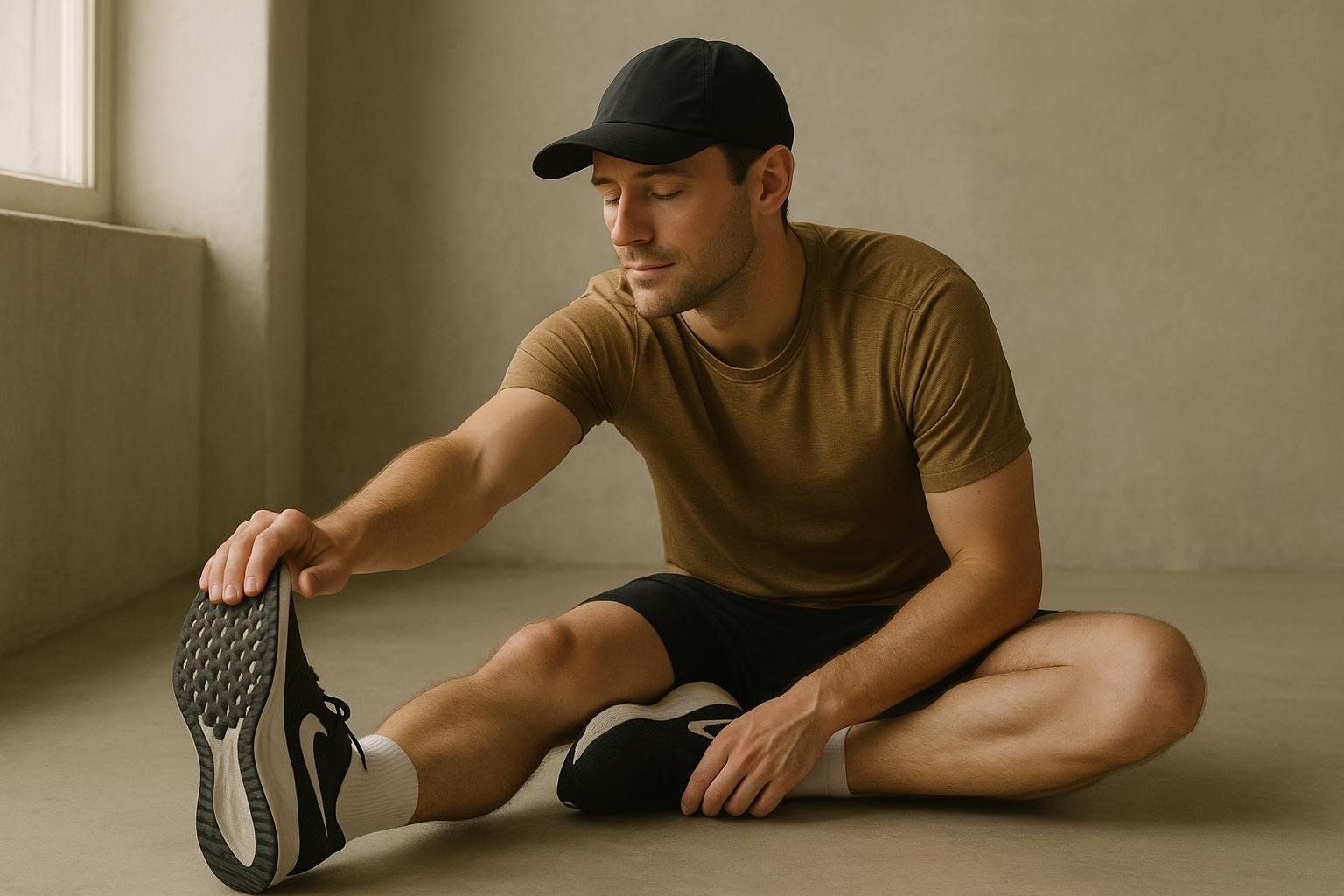
- Walk 3–5 minutes to lower heart rate.
- Hold static stretches for quads, hamstrings, calves, and hip flexors (30 seconds each).
- Refuel with balanced nutrition to help muscles recover. Use our calories-burned calculator to estimate your session’s energy cost and guide your post-run meal.
- Aim for 7–9 hours of sleep; most recovery hormones peak during deep sleep.
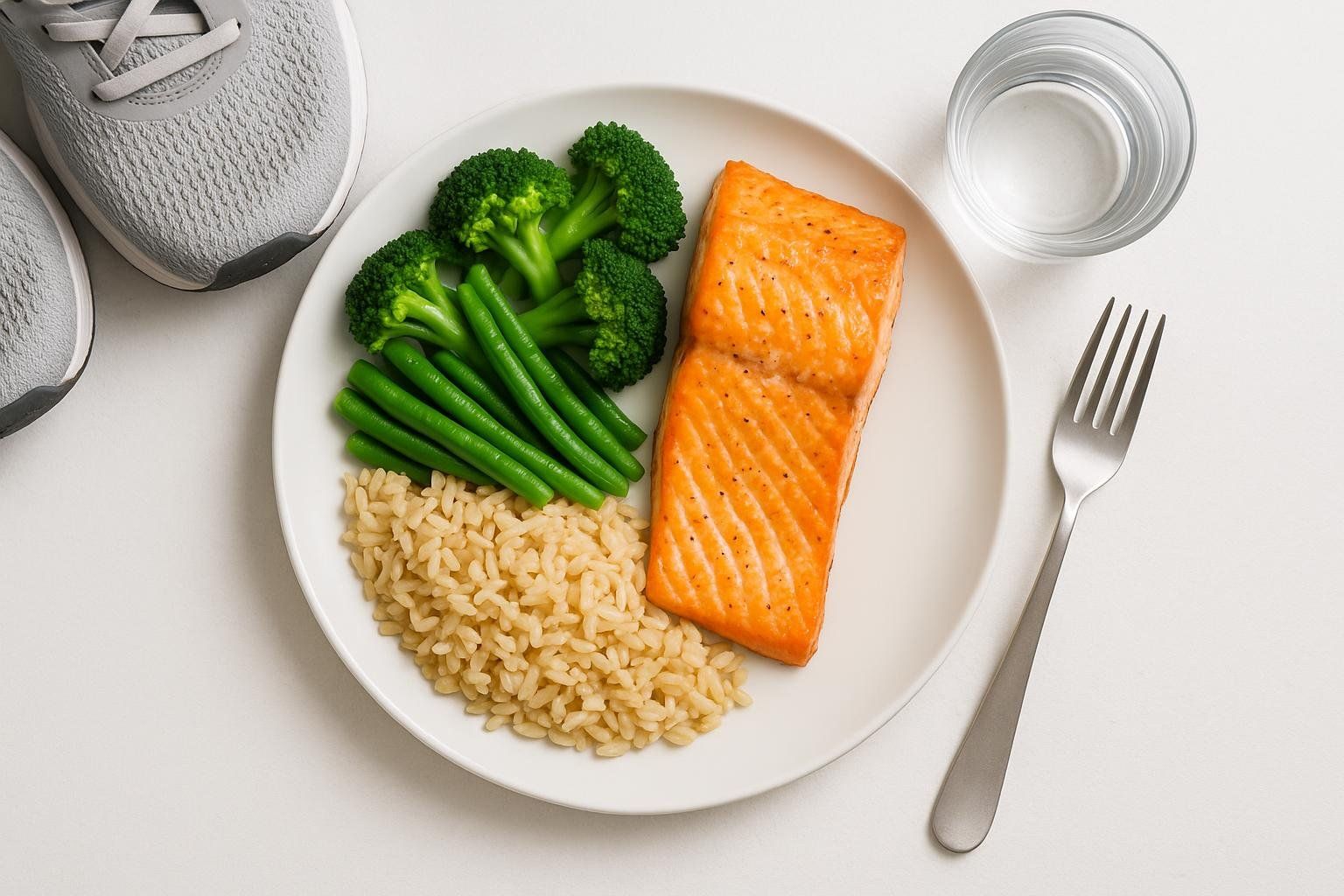
For extra TLC, follow our foam-rolling routine for runners.
Step 6 – Build Motivation & Consistency

- Micro-goals: Turning “run 2 miles” into “jog to the next lamppost” yields quick wins.
- Community counts: Research on beginner running groups shows that social support improves adherence and enjoyment, making it easier to stay consistent.
- Data feedback: Consider scheduling a follow-up DEXA scan around Week 8 to visualize changes in fat and muscle—seeing progress can be a powerful motivator.
Safety & Injury-Prevention Checklist
✅ Follow the 10 % rule: Increase your weekly running time by no more than 10 %.
✅ Swap in low-impact cross-training like cycling or swimming if you experience persistent pain.
✅ Respect rest days—adaptation happens off your feet.
✅ If knee or shin pain lingers > 48 hours, pause running and review key injury prevention strategies.
Frequently Asked Questions
How fast should I run?
Move at a pace where you can talk in short sentences. Speed will come later; first build an aerobic base.
Do treadmills count?
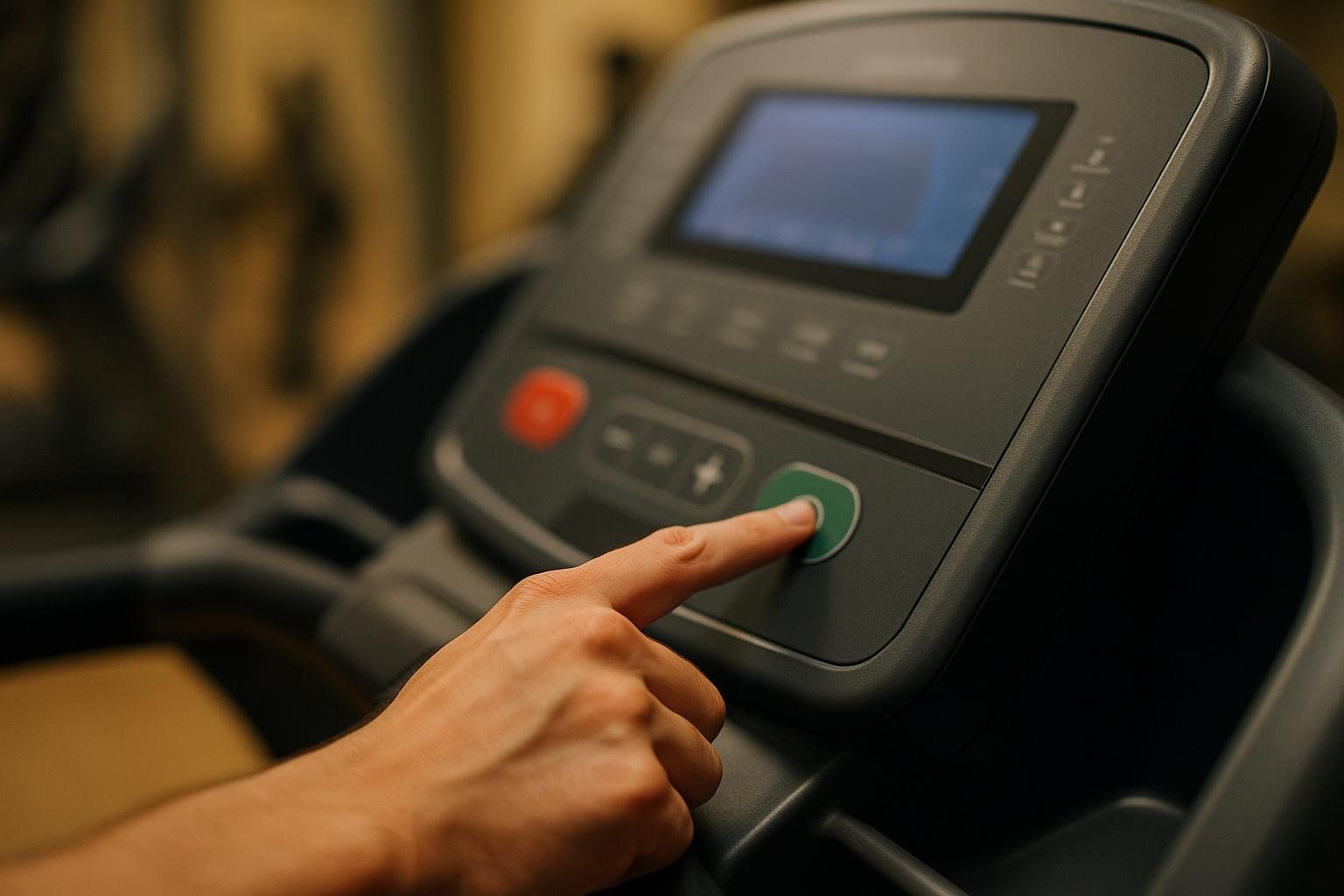
Absolutely. Set the incline to 1 % to mimic outdoor effort.
Can I lose weight with this plan?
Regular running helps create the calorie deficit needed for fat loss. Visit our calories-burned calculator to see how much energy you personally expend per session and plan your nutrition accordingly.
Is it okay to strength-train on off-days?
Yes—two sessions of strength work targeting glutes, hamstrings, and core improve running economy and durability.
What if I miss a week?
Repeat the last successfully completed week instead of jumping ahead.
Next Steps: Level Up After Your 5 K
- Add a fourth easy run (no longer than your longest run).
- Sprinkle in strides—4 × 20-second controlled sprints—after easy runs to build speed safely.
- Experiment with tempo runs and hill intervals starting around Week 10.
A DEXA scan at the three-month mark can confirm your new mileage is trimming fat while protecting muscle.
The Bottom Line
A successful running habit is equal parts smart gear, efficient form, gradual loading, and objective feedback. Follow this eight-week plan, keep the effort conversational, and you’ll cross your first 5 K finish line with a grin—not a grimace.
Ready to quantify the body-composition changes your new running routine sparks? Book a BodySpec DEXA scan and turn every mile into measurable progress.
